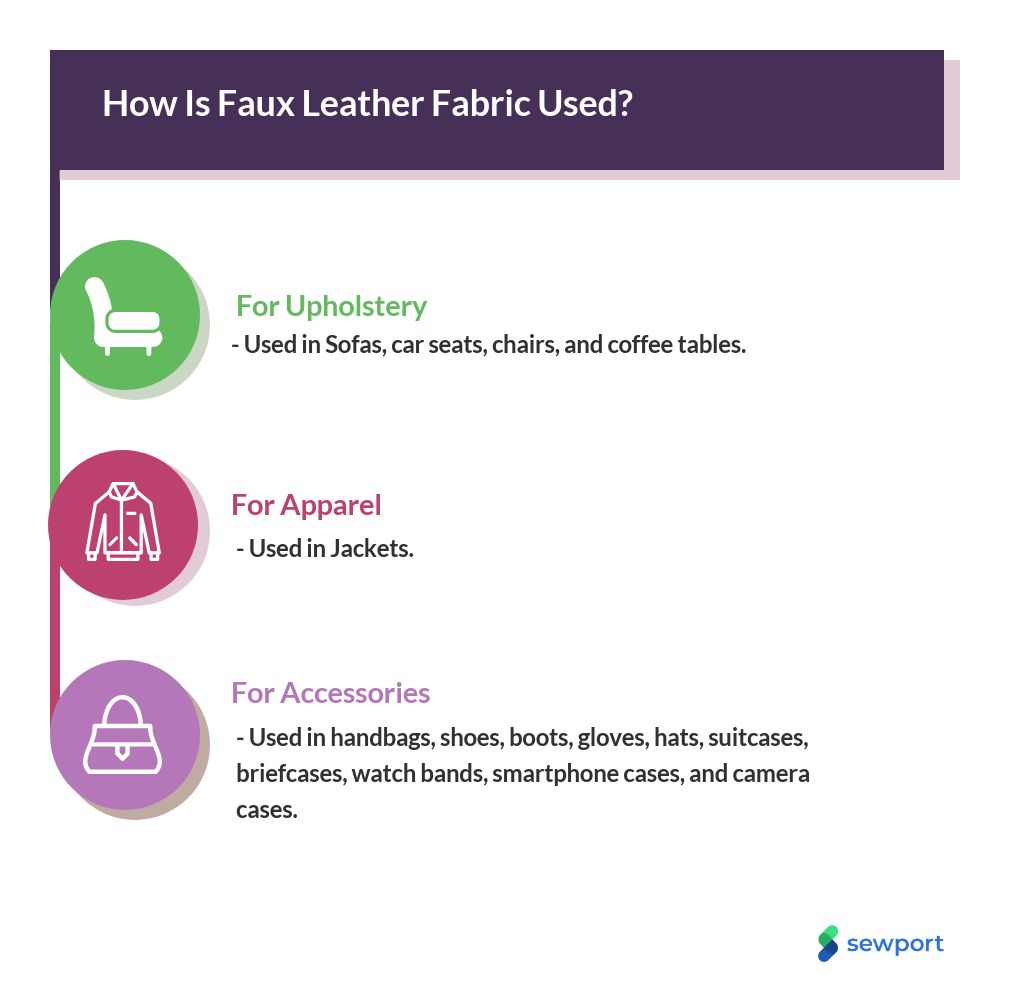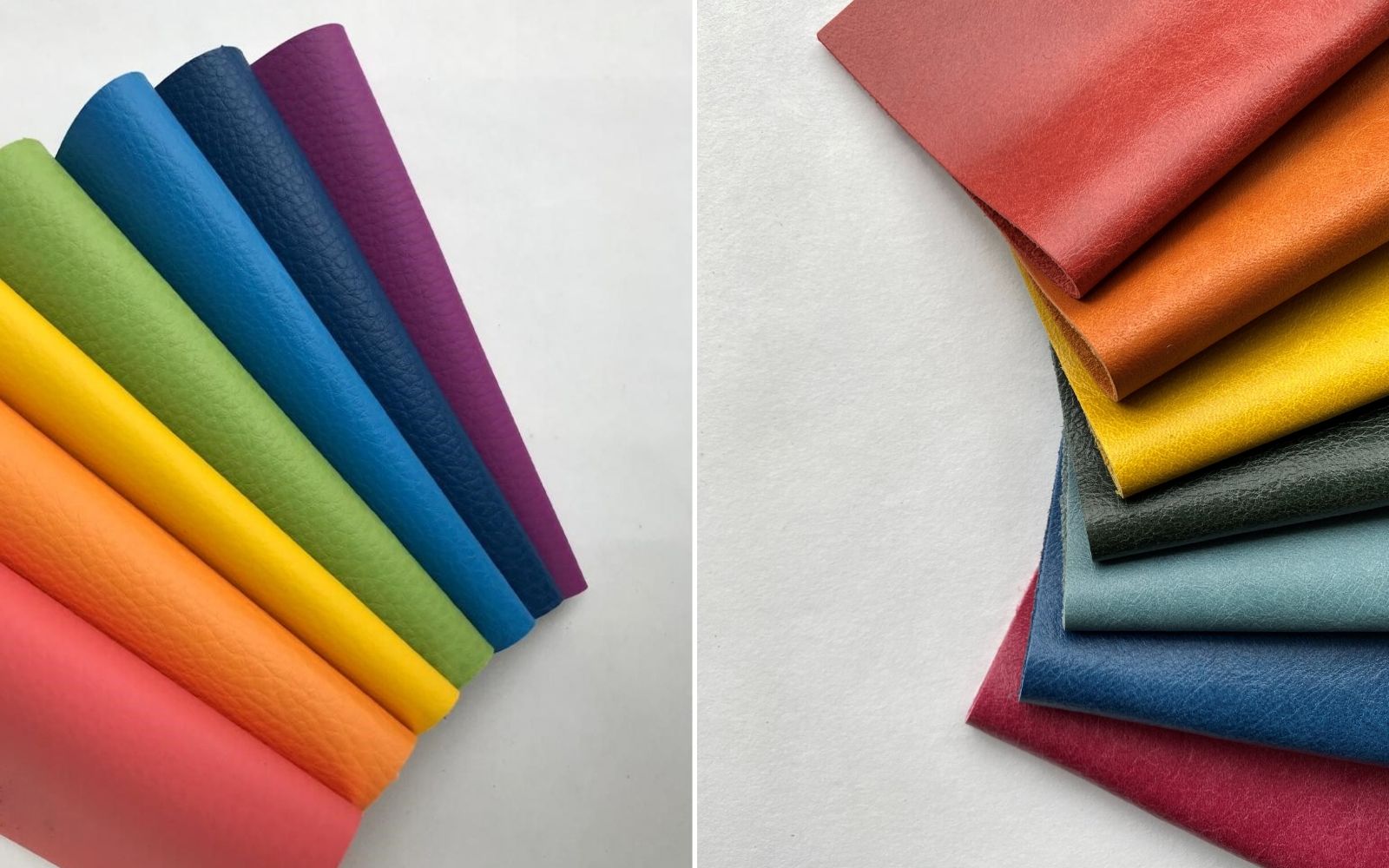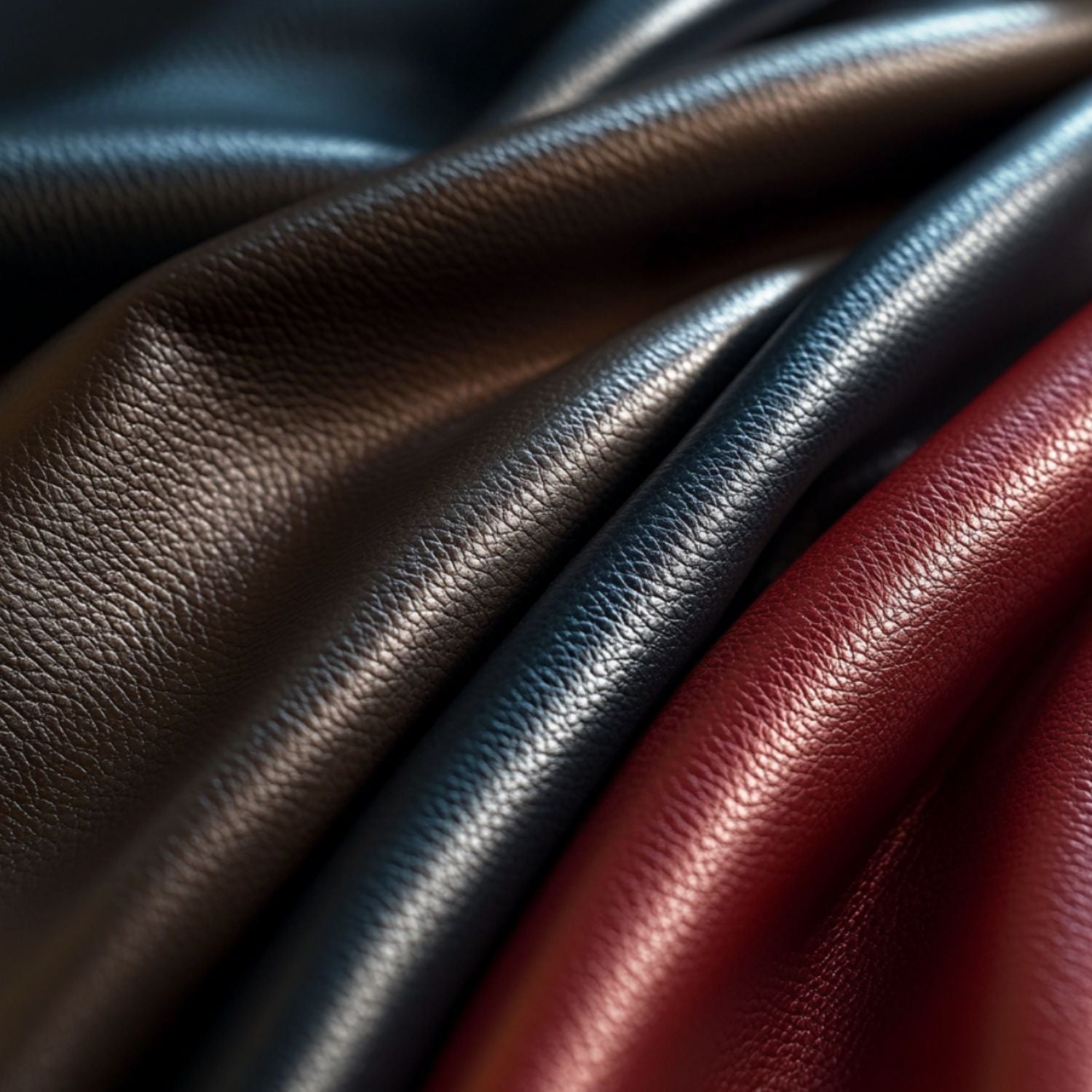Faux leather fabric is a synthetic material designed to mimic genuine leather. It’s typically made from a plastic base and treated for texture and color.

Table of Contents
- What Exactly is Faux Leather Fabric?
- What are the Main Types of Faux Leather?
- How is Faux Leather Produced? The Manufacturing Process
- What are the Defining Features of Faux Leather?
- Where is Faux Leather Fabric Produced Globally?
- How Does Faux Leather Compare to Real Leather?
- Common Applications for Synthetic Leather
- Frequently Asked Questions about Faux Leather
Artificial leather has become a cornerstone material in numerous industries, from fashion to automotive interiors. Its evolution from a simple substitute to a high-performance material offers a compelling blend of aesthetics, functionality, and cost-effectiveness. Understanding its composition, types, and production sources is crucial for designers, manufacturers, and consumers aiming to make informed material choices. This material, also known as synthetic leather, vegan leather, or pleather, provides a versatile and consistent alternative to animal hides.

What Exactly is Faux Leather Fabric?
Faux leather fabric is a man-made material engineered to replicate the appearance, texture, and feel of genuine leather. Unlike real leather, which is derived from tanned animal hides, synthetic leather is created from a polymer base layered onto a fabric substrate. This construction allows for immense control over the final product’s characteristics, including its color, grain, thickness, and finish.

The core of this material is typically a woven or non-woven fabric base made from fibers like polyester, cotton, or nylon. This base provides structural integrity and flexibility. A layer of plastic polymer is then applied to this base to create the leather-like surface. The specific polymer used is the primary factor that determines the type and properties of the final product.
The Composition: What is Faux Leather Made Of?
The composition of artificial leather can be broken down into two main components:
- The Substrate (Backing Fabric): This is the foundation layer that gives the material its strength and pliability. Polyester is a common choice due to its durability and resistance to stretching and shrinking.
- The Polymer Coating: This is the surface layer that you see and feel. The two most common polymers used are Polyurethane (PU) and Polyvinyl Chloride (PVC). The choice between these two plastics defines the material’s texture, breathability, durability, and ideal applications.
What are the Main Types of Faux Leather?
Synthetic leathers are not a monolithic category; they are primarily distinguished by their plastic coating. The technology behind these materials has advanced significantly, leading to specialized products with distinct advantages.
Polyurethane (PU) Leather Explained
Polyurethane leather, or PU leather, is made by applying a coating of polyurethane to a fabric backing. This type is known for its remarkably soft, flexible, and breathable qualities, which allow it to mimic the feel of top-grain leather very closely. PU fabric does not retain heat like other plastics, making it more comfortable for apparel and seating. Its porous nature allows it to be embossed with highly realistic grain patterns, further enhancing its authentic appearance.
Polyvinyl Chloride (PVC) Leather Explained
Polyvinyl Chloride leather, often called PVC or vinyl, is constructed with multiple layers of PVC and plasticizers bonded to a fabric base. This creates a tough, non-porous, and highly durable surface. PVC is more resistant to moisture, stains, and abrasion than PU, making it an excellent choice for applications that require high resilience and easy cleaning, such as commercial upholstery, marine-grade seating, and book covers.
High-Performance Microfiber Leather
A premium category of synthetic material is microfiber leather. It is constructed from a non-woven fabric base made of ultra-fine polyamide and polyurethane fibers that are intricately intertwined to replicate the fibrous structure of genuine hide. This advanced composition gives microfiber leather superior durability, a luxurious feel, and excellent breathability. Leading manufacturers, such as Beldturaleather, utilize sophisticated technology to engineer high-grade microfiber leather that offers consistent quality and performance for demanding applications like automotive interiors and high-end furniture.
How is Faux Leather Produced? The Manufacturing Process
The production methods for artificial leather vary depending on the polymer used. Each process is carefully controlled to achieve specific textures, thicknesses, and performance characteristics.
The PU Leather Production Method
The creation of PU leather typically involves a “wet” or “dry” process. In the more common dry process, a liquid polyurethane solution is spread onto a release paper that has been embossed with a leather-like grain pattern. The fabric backing is then pressed onto the polymer. After curing in an oven, the release paper is peeled away, leaving a flexible sheet of PU fabric with a perfectly replicated texture. This method allows for fine-tuning of the material’s softness and feel.
The PVC Leather Production Method
PVC production involves a more direct fusion process. A plasticizer-rich PVC paste is spread directly onto the fabric substrate in multiple layers. The coated fabric is then passed through heated rollers, which fuse the layers together and emboss the surface texture. This multi-layer approach is what gives PVC its characteristic toughness and a less porous, more sealed surface compared to PU.
What are the Defining Features of Faux Leather?
Synthetic leather offers a distinct set of features that make it a practical and popular choice across various sectors. Its engineered nature provides consistency that natural materials cannot always guarantee.
Durability and Resistance
High-quality artificial leather is engineered for longevity. It is generally resistant to scratches, scuffs, and fading from sunlight. Because its surface is non-porous (especially PVC), it offers excellent resistance to stains and water, making it much easier to clean than genuine leather, which can absorb liquids and stain permanently.
Cost-Effectiveness
One of the most significant advantages of faux leather is its price point. The manufacturing process is more streamlined and yields more consistent results than the resource-intensive process of preparing and tanning animal hides. This efficiency translates to a lower cost for the end product without a significant compromise on aesthetic appeal.
Maintenance and Care
Simplicity in cleaning is a major benefit. Most spills and dirt on a faux leather surface can be wiped away with a damp cloth and mild soap. It does not require special conditioners or treatments to prevent cracking or drying out, which simplifies long-term upkeep for furniture, clothing, and accessories.
Versatility in Style and Color
Since faux leather is a manufactured product, it can be produced in a virtually unlimited spectrum of colors, finishes, and textures. From high-gloss patent to matte finishes, and from smooth surfaces to deep, exotic embossing, the design possibilities are endless. This allows designers to achieve very specific looks that may be difficult or impossible to create with natural leather.
Where is Faux Leather Fabric Produced Globally?
The production of synthetic materials is a global industry, with specific regions emerging as leaders in manufacturing due to their technological capabilities and industrial infrastructure.
Key Manufacturing Regions
East Asia is the dominant force in the global faux leather market. Countries such as China, South Korea, and Taiwan are major hubs for the research, development, and production of a wide range of synthetic textiles. These regions benefit from established supply chains, skilled labor, and significant investment in manufacturing technologies, enabling them to produce materials for a diverse global clientele.
Why China is a Leader in Faux Leather Production
China stands as the global hub for faux leather production, driven by advanced infrastructure, technological innovation, and a vast network of specialized suppliers. Companies like Beldturaleather exemplify this leadership, operating state-of-the-art facilities that produce high-quality synthetic materials for a worldwide market. These manufacturers are at the forefront of developing new textures, increasing durability, and improving the eco-friendliness of their products, solidifying the country’s position as an industry powerhouse.
How Does Faux Leather Compare to Real Leather?
Choosing between faux and real leather depends on the specific requirements of the project, including budget, durability needs, and ethical considerations. A direct comparison highlights the distinct advantages of each.
| Feature | Faux Leather | Real Leather |
|---|---|---|
| Cost | Generally more affordable due to efficient manufacturing. | More expensive due to resource-intensive processing of animal hides. |
| Durability | Highly resistant to scratches, fading, and stains. Can be less puncture-resistant. | Extremely durable and strong. Can be prone to staining if not treated. |
| Consistency | Uniform in color, texture, and grain from batch to batch. | Natural variations in grain, color, and markings are common. |
| Maintenance | Easy to clean with mild soap and water. No special conditioning needed. | Requires special cleaners and conditioners to prevent drying and cracking. |
| Appearance | Can be made in any color or texture. May not develop a natural patina. | Develops a unique patina over time. Has a distinct, natural look and feel. |
| Ethics | Cruelty-free and vegan-friendly. | A byproduct of the meat industry, raising ethical concerns for some. |
Common Applications for Synthetic Leather
The versatility and reliability of faux leather have made it a preferred material in many industries. Its ability to be engineered for specific performance needs allows it to excel in a variety of roles:
- Upholstery: Used extensively for sofas, chairs, and headboards in both residential and commercial settings due to its durability and ease of cleaning.
- Automotive Interiors: A popular choice for car seats, door panels, and dashboards because of its resistance to UV rays, stains, and daily wear and tear.
- Fashion and Apparel: Used to create jackets, pants, skirts, and footwear, offering a stylish look at an accessible price.
- Accessories: Handbags, wallets, belts, and phone cases are frequently made from artificial leather due to its design flexibility and strength.
Frequently Asked Questions about Faux Leather
Is faux leather waterproof?
Most faux leathers, particularly PVC, are highly water-resistant. The non-porous surface prevents water from seeping through, making it easy to wipe dry. While PU is more breathable, it still offers significant resistance to moisture compared to untreated natural leather.
How long does faux leather last?
The lifespan of faux leather depends on its quality, type, and usage. High-quality materials like microfiber leather and well-made PU or PVC can last for many years with proper care. It is less prone to cracking from dryness than real leather but can be susceptible to punctures or tears under extreme stress.
Is vegan leather the same as faux leather?
Yes, the terms are often used interchangeably. “Vegan leather” is a marketing term that emphasizes the material is free from animal products. It encompasses all types of faux leather, including PU, PVC, and other plant-based or synthetic alternatives.



